
OLED vs LCD: What's the Difference?
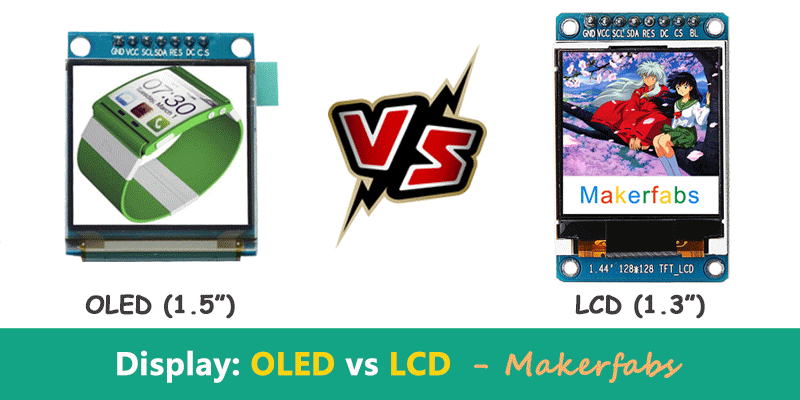
OLED vs LCD: What's the difference? Basically, OLED panels are made from organic materials that emit light when electricity is applied, while LCD does not emit light.
Makerfabs always receives many customer's comments: What's the LCD, and OLED? What's the difference between them? I am confused about the advertisements. Any suggestions on which one should I choose? So, this time, let's talk about OLED and LCD.
1. Definition
OLED(Organic Light-Emitting Diode) panels are made from organic materials that emit light when electricity is applied. Different from the LCD(Liquid Crystal Display) which needs backlight, the OLED does not need any backlight to display. Basically, the LCD does not emit light, it only “select” the right color and intensity from the backlight and thus to display, while for OLED, each pixel of the OLED emits the light by themselves, the customer control all the pixels on/off and the intensity to show the images.
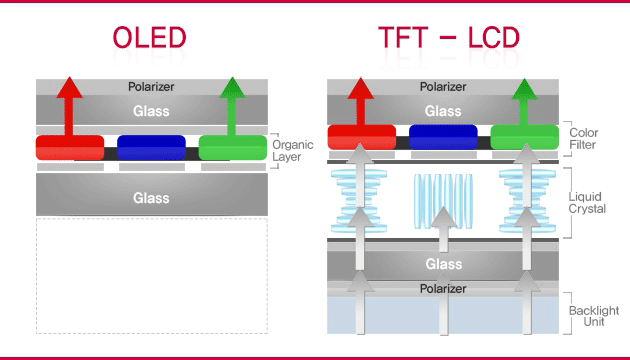
2. Features
Compares to LCD, the OLED's advantages are:
1. Improved image quality - better contrast, higher brightness, fuller viewing angle, a wider color range, and much faster refresh rates.
2. Lower power consumption
3. Simpler design that enables ultra-thin, flexible, and transparent displays
4. Better durability - OLEDs are very durable and can operate in a broader temperature range
Of course some drawbacks of OLED:
1. Lifespan, normally 5,000 hours, shorter than the LCD;
2. Color balance problems;
Although there are many famous OLED TV such as the Samsung, but actually nowadays the OLED is most popular used in small-screen devices such as the cell phone and PDA. It is a really good choice for DIY, or small projects. with the advantages especially the flexibility, the OLED attracts more makers and startups to use them in new projects.
3. Related Products with OLED & LCD
3.1 OLED
Here some famous and popular used OLED modules to share with Makerfabs customers, with these modules, you do not need to care about the detailed principle of OLED or control all the pixels by yourself, with the standard I2C/ SPI interface, you can add the OLED in your project immediately.
3.1.1 The Single Color OLED:
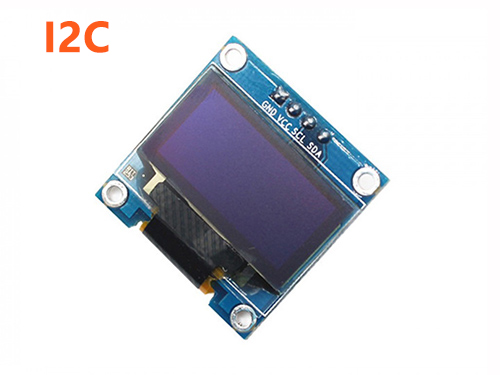
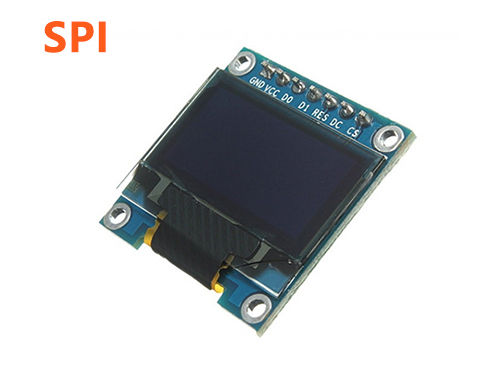
The most popular used OLED modules, with 128x64 pixels, the size 0.96 inch/1.3 inch available, and the color blue/ yellow/ white available, and the interface I2C/ SPI available.
Besides, a special 0.91 inch OLED, with 128x32 pixel, sells really hot :

3.1.2 0.95 inch Colorful OLED
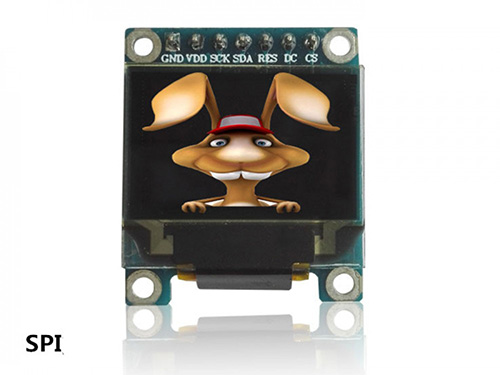
The 0.95 inch colorful OLED driven by SSD1331 with standard SPI interface, resolution 96x64.
3.1.3 1.5 inch Colorful OLED

The 1.5 inches colorful OLED driven by SSD1351 with standard SPI interface, resolution 128x128.
3.2 LCD
Here also some popular LCD modules for reference:
3.2.1 1.3 Inch Colorful TFT Module ST7789
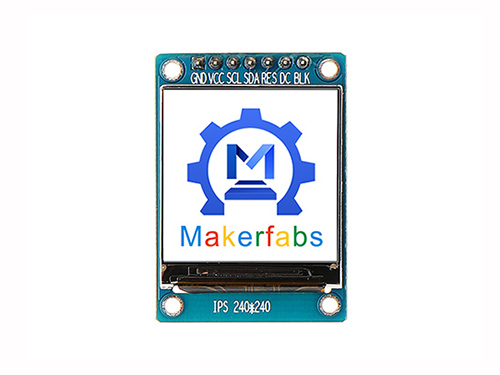
This is a 1.44″ IPS LCD full-color display with a high resolution of 128 x 128 pixels and a wide viewing angle ±80°. It is driven by ST7735, with SPI interface.
3.2.3 MakePython ESP32 Color LCD:
The LCD Related development board by Makerfabs.
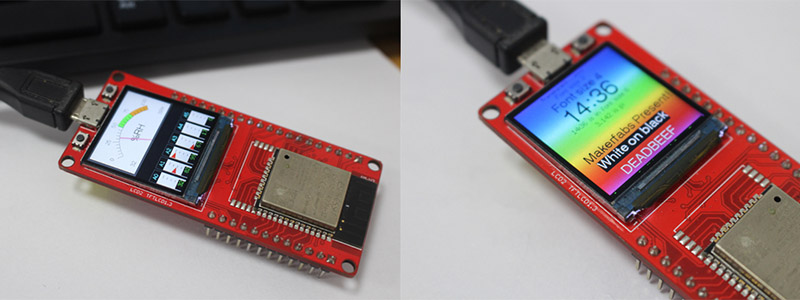
This MakePython ESP32 Color LCD is a MakePython IoT solution based on the MakePython ESP32. It is the colorful version, using a colorful 1.3 inch LCD ST7789, which makes the boards suitable for applications that need a colorful display.
3.2.4 ESP32 TFT Touch With Camera
A beautiful 3.5" touchscreen display, based on ESP32-WROVER, with built-in 2M pixel OV2640 camera, which makes it an ever perfect platform for your ESP32 projects.
The ESP32 TFT Touch support Arduino or MicroPython programming, with 2 versions: Touch Capacitive, Touch Resistive.
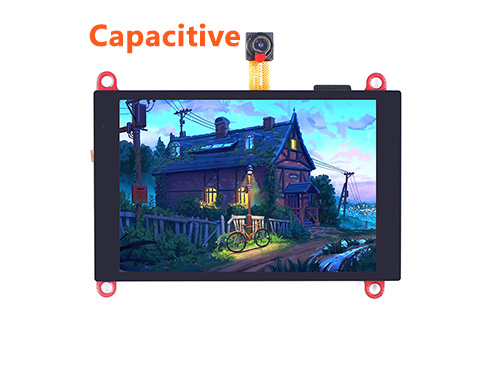
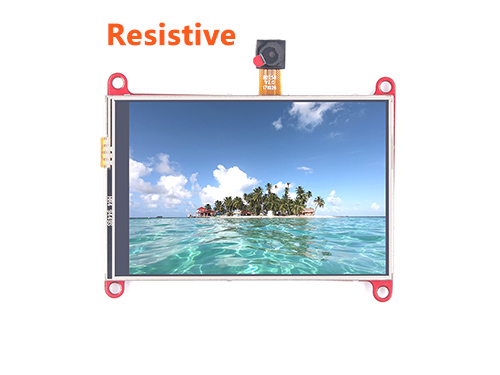
Makerfabs ESP32 3.5" Touch with camera is absolutely open for makers, and besides, Makerfabs provide plenty of Demos to help the users on the usage. Have a try of this fantastic display in your next ESP32 project!~
You can also check the video about it, with a collection of 6 demos, enjoy on your ESP32!
@all Makers& designers, you can get all the OLED at Makerfabs online store BTW, we accept customization PCBA design service based on those boards. Pls contace Service@makerfabs.com



 Previous
Previous 



